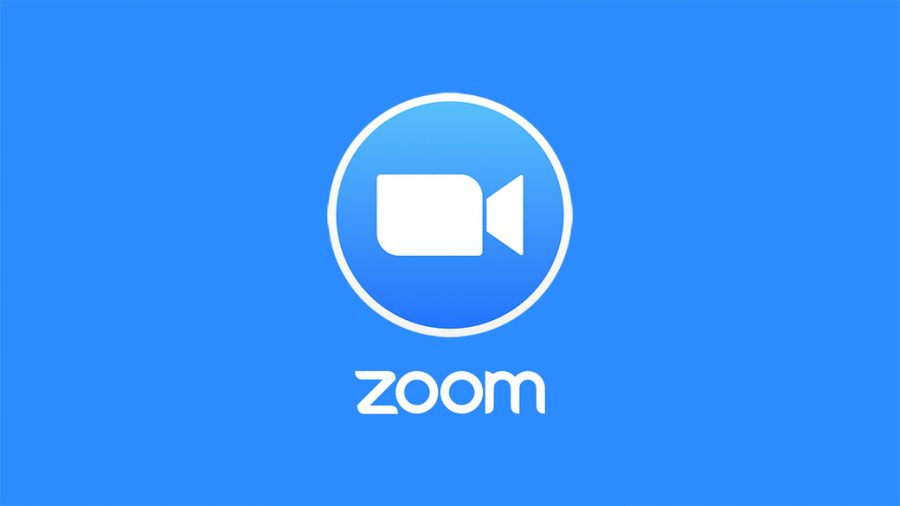Business As Usual: Zoom’s Best Friend, COVID-19
From Jan. 1 to Aug. 31, the rapid and universal shift from in-person to virtual interactions as a result of COVID-19 led Zoom shares (NASDAQ: ZM) to increase over 370%. Impressive as that is, investors were even more intrigued by the stock after it reported terrific Q2 2021 financial results last Monday. From its closing price of $325.10 on Sept. 1, shares rose an additional 40%, ending Sept. 2 at $457.69. Even after a broad market sell-off later that week, shares of the video conferencing company have still appreciated over 438% on a year-to-date basis. But just how beneficial has the current global pandemic been for Zoom? Let’s compare user and financial figures from before and after COVID-19 spread around the world.
Starting with daily downloads of Zoom, there were 56,000 in January 2020. By March, when panic surrounding COVID-19 reached an all-time high, that number had increased to 2.13 million, according to data from Apptopia. In other words, over the course of two months, daily downloads of the platform increased by over 3,700%. When it comes to the number of meeting participants totaled across all video conferences on Zoom, this number peaked the previous year at around 10 million in December 2019, according to figures from the company. By April 2020, this peak increased to 300 million. It is worth noting that people can be counted multiple times in the daily meeting participants figure as one person could be involved in more than one meeting throughout the day. However, this same caveat applied when calculating the December 2019 figure, so the two numbers are still comparable.
While this growth in downloads and daily meeting participants is immense, what matters to investors is whether such growth can translate into increased revenue and profit figures. Fortunately for investors in Zoom, this translation occurred—and did so in grand fashion. During the fiscal quarter that ended on July 31, 2020, Zoom recorded $663.5 million in revenue, an increase of 355% on an annual basis. This rise in revenue seems to dwarf the 169% increase that occurred in the previous fiscal quarter, which says quite a lot in and of itself. As for profits, Zoom recorded adjusted earnings per share of $0.92, compared to the consensus estimate of $0.45 projected by analysts on Wall Street. Furthermore, the company raised its guidance for the next fiscal year. Previously expecting to generate up to $1.80 billion in 2021, Zoom now anticipates bringing in up to $2.39 billion over the same period.
The main catalyst behind Zoom’s tremendous success is a reliance on corporate clients. As you may have noticed, unlike other platforms, such as Facebook, Instagram, Snapchat and YouTube, Zoom does not contain advertisements. Instead, the company relies on paid subscriptions to generate revenue. While Zoom Basic exists, the features are limited. For instance, a host can only hold 40-minute meetings consisting of, at most, 100 participants. In order to acquire more services, one must purchase either Zoom Pro ($14.99 per month), Business ($19.99) or Enterprise ($19.99). While most individuals use Zoom Basic, most corporations or institutions use one of the paid subscriptions. According to the latest earnings report, Zoom now has 988 corporate clients, which each generate at least $100,000 in revenue for the company every year. Even if one were to use a conservative approach by assuming each corporate client generates the bare minimum of revenue per year ($100,000), this would still generate $98.8 million in annual revenue for Zoom.
In essence, Zoom is betting that corporate clients will stay on board even after social distancing and quarantine policies are lifted around the world. This implies an entire shift of the workspace environment, meaning less physical meetings and more virtual gatherings. If such a shift occurs, Zoom is well-positioned to benefit from the change. If not, they will have established high financial goals that may prove difficult to attain.
Richard Falvo is a junior from New Hartford, NY pursuing a double concentrating in economics and philosophy. After joining The Maroon-News in Fall 2019,...












